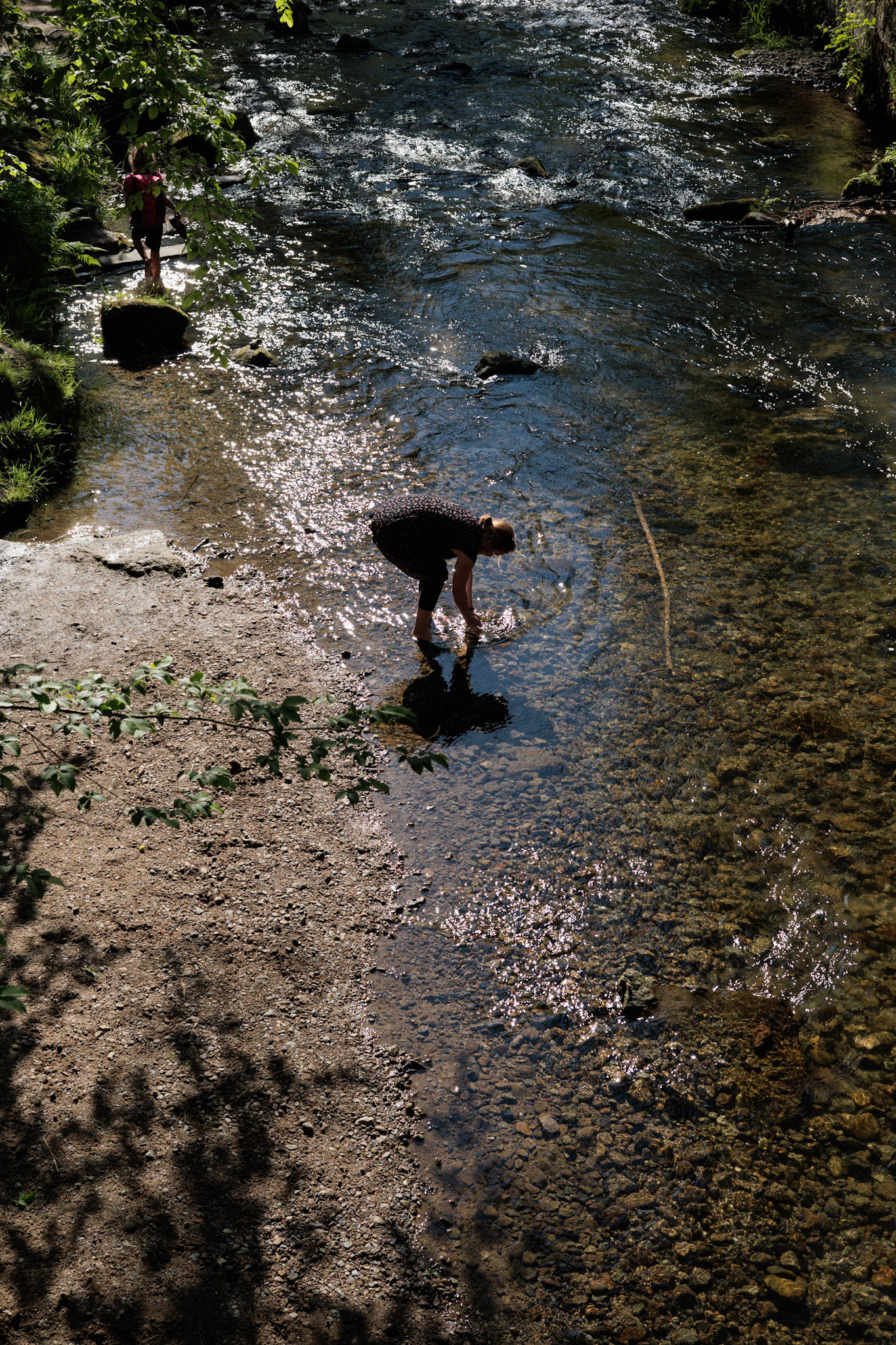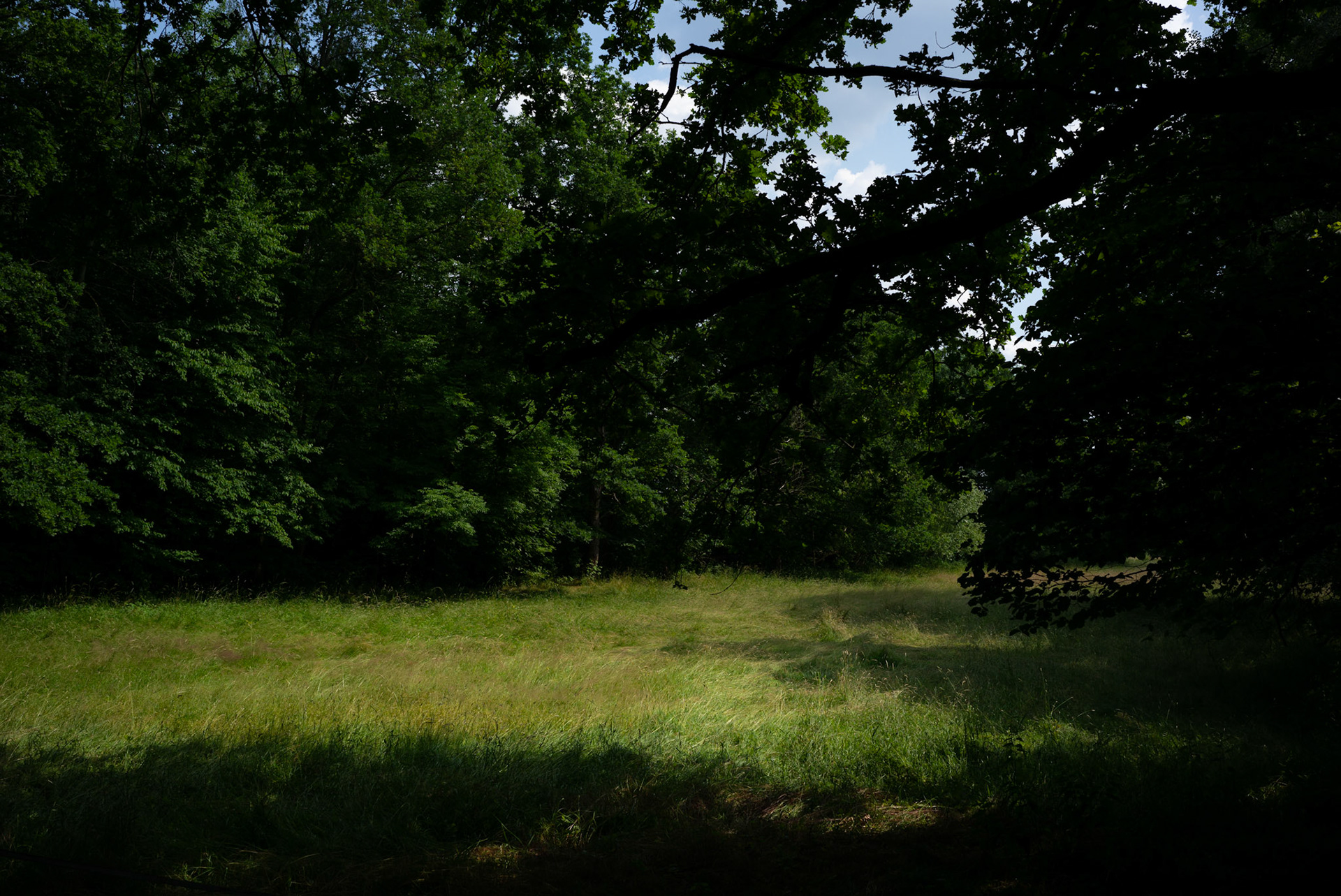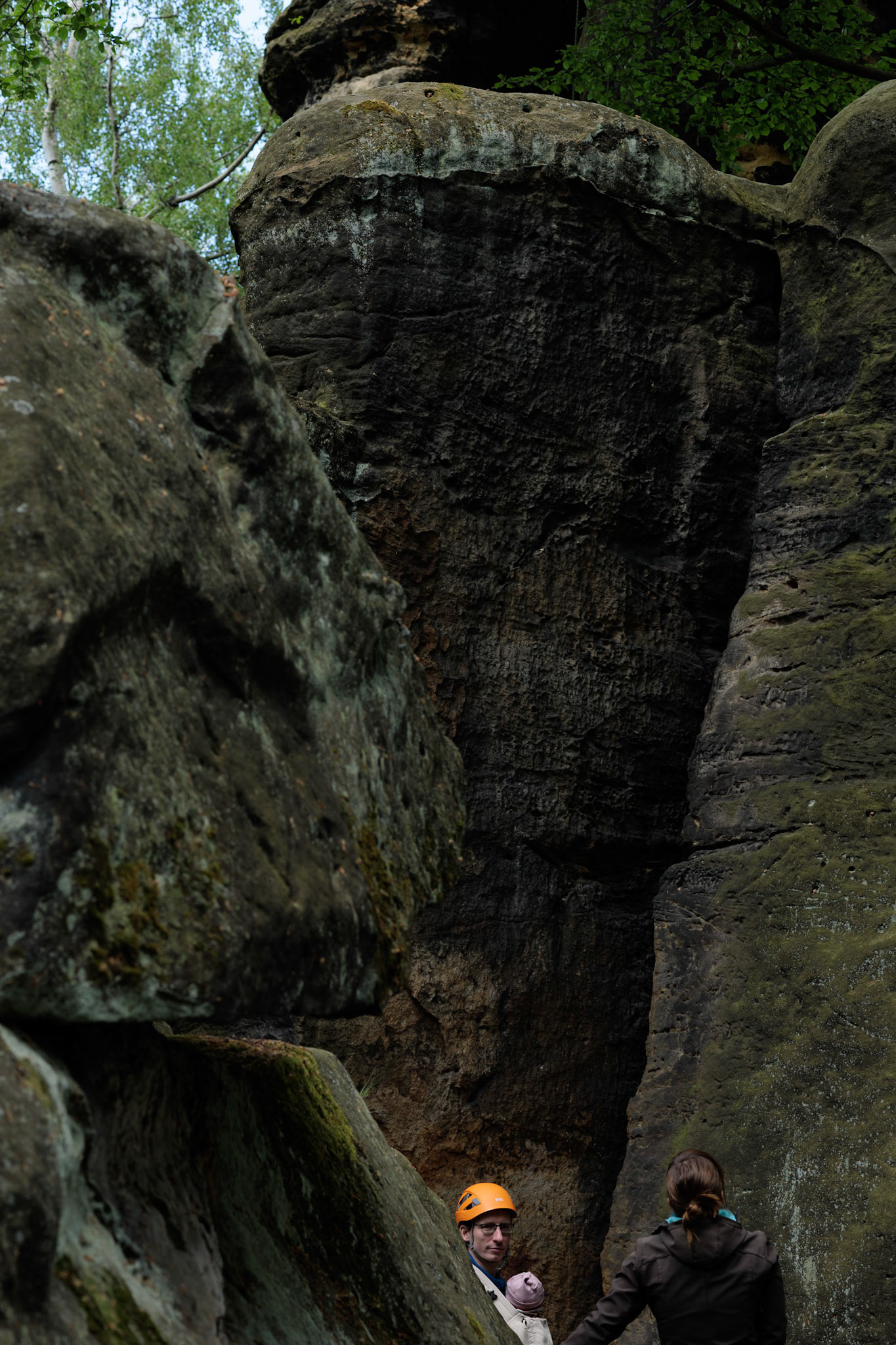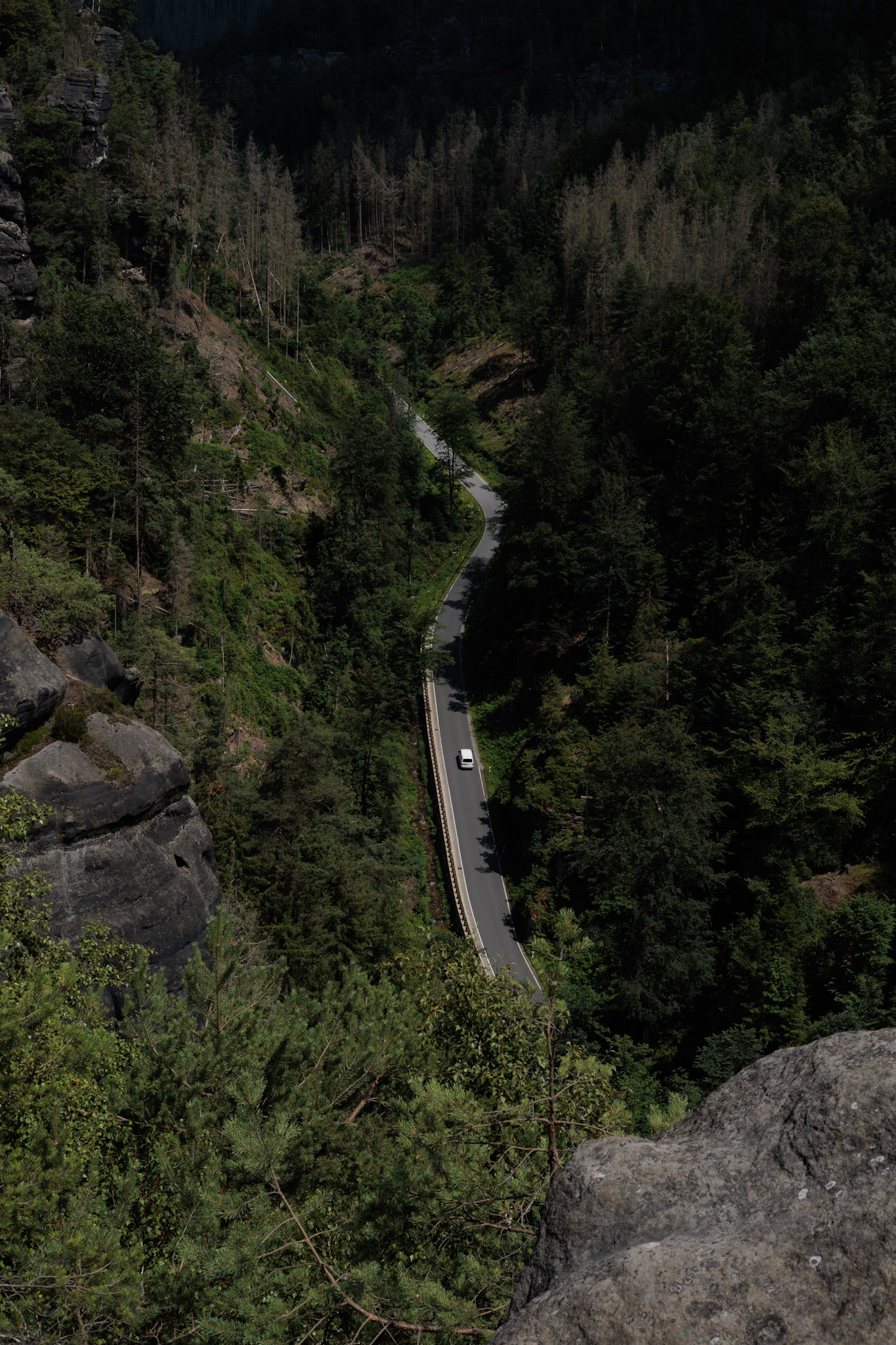Who rides there so late through the night and wind?
–Goethe, Der Erlkönig











WALD
Waldeinsamkeit
Ludwig Tieck (1789 - 1853)
Waldeinsamkeit, [Forest solitude,
Die mich erfreut, which delights me,
So morgen wie heut As tomorrow as today
In ewger Zeit, In eternal time,
O wie mich freut. O how delights me
Waldeinsamkeit. forest solitude.]




The forest plays an important role in German history and culture. They have long had a mythological identification with the forest that has only been strengthened over the centuries. Almost a third of Germany's total area is covered by forests. In the rise of Romanticism forests became a dominant theme in poetry, painting and music.